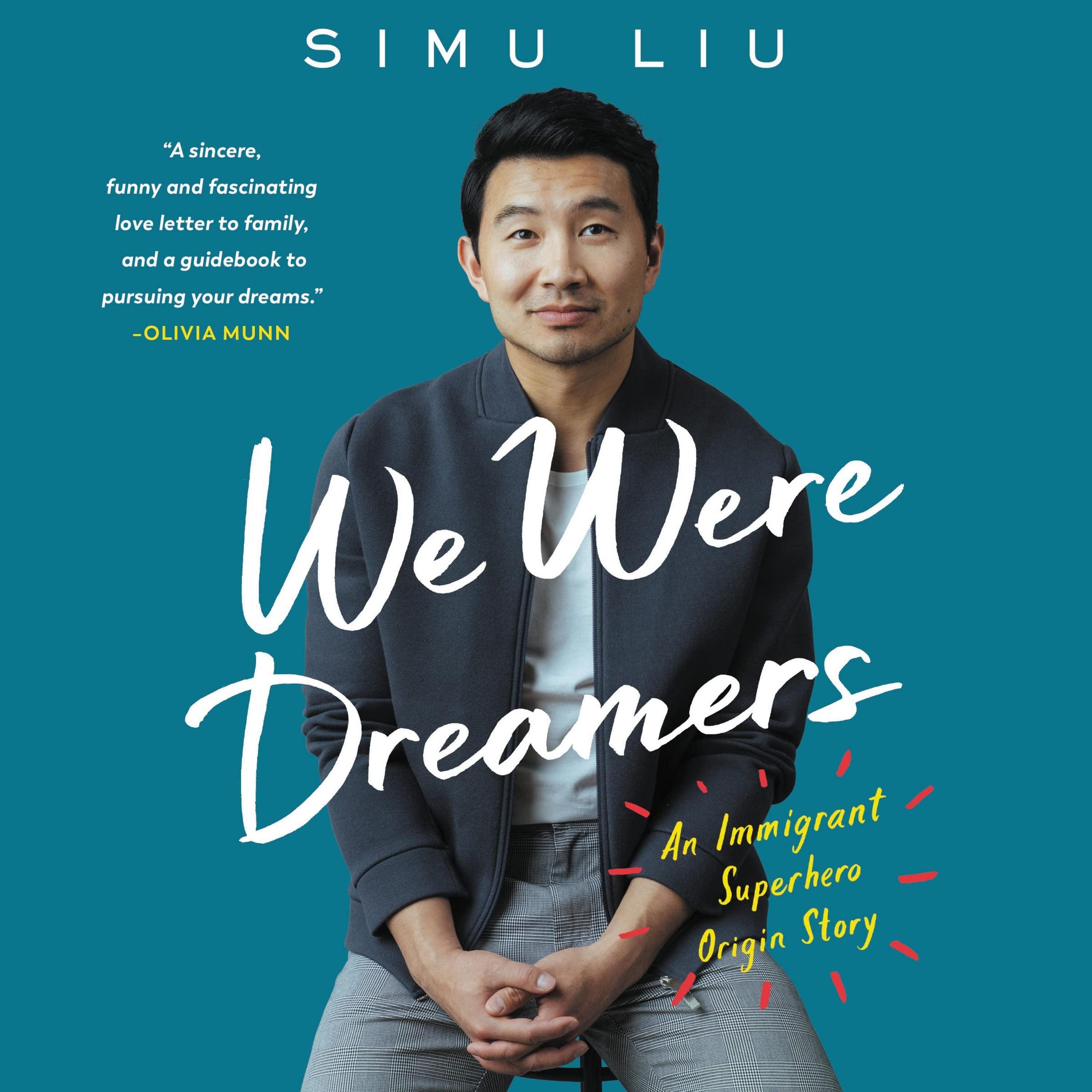For writers and readers, the sentence is the coin of the realm, the catch that keeps a reader securely in a story, and fuels a writer drive to keep going. In How to Write a Sentence, by Stanley Fish, his appreciation for fine sentences, their art and craft, provides wonderful reading, as well as a guide to the inner workings of what makes a line memorable. A professor of law and dean emeritus at the College of Liberal Arts and Sciences at the University of Illinois, Fish looks at sentence structure and content in a way that is intellectually rigorous and personal—he is clearly a fan of the well-crafted sentence.
Here, for example, is his description of how a sentence moves a reader:
“…words so precisely placed that in combination with other words, also precisely placed, they carve out a shape in space and time.”
In How to Write a Sentence, Fish defines his view of what sentences are, what they do, and how they do it, and from there, unpacks the process. Fish delves into the process with chapters on, of course, what makes a good sentence as well as styles (additive, subordinating, and the satiric), the distinguishing characteristics of first, and last, sentences, the critical role of content (as who among us hasn’t in desperation thrown words together and hoped a sentence took form?), as well as the fine-tuning of language that makes a line come into its own.
As you might guess, Fish looks closely at language construction. Just as carpenters love the smell of timber and the sound of a hammer on the head of nail, writers (those for whom language is part of the job and pleasure of writing) are prone to a fascination with language—a line’s meaning, but also its sound and shape. Fish examines structure, syntax, grammar, and usage all in his clear, easy style—a good thing, because words can be lumbering, maddeningly opaque things, a point Fish affirms: “Before the words slide into their slots, they are just discrete items, pointing everywhere and nowhere.”
I wholeheartedly agree with his advice for writers to “make language so transparent a medium that it disappears and interposes no obstacle or screen between the reader and the thing it points to.” It’s one thing to intend that for one’s sentences, though more difficult to achieve. I learned a lot from this book, and felt well-advised by Fish, who casts a rich and wide net—citing sentences from the seventeenth century’s Increase Mather, to Hemingway, Agatha Christie, and Elmore Leonard. As a reader of sentences, he has excellent taste. Here, he cites a line from Anthony Burgess’s novel Enderby Outside (1968):
And the words slide into the slots ordained by syntax, and glitter as with atmospheric dust with those impurities which we call meaning.
As sentences go, that one definitely holds its own.

Stanley Fish is a theorist, critic, legal scholar and guest columnist for the New York Times. He is the author of twelve books that look at the applications of writing, speech, and language in academia, literature, and public discourse—most recently The First: How to Think About Hate Speech, Campus Speech, Religious Speech, Fake News, Post-Truth, and Donald Trump (2020).
— Lauren Alwan


